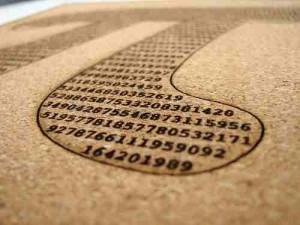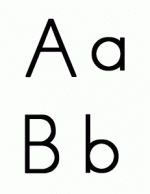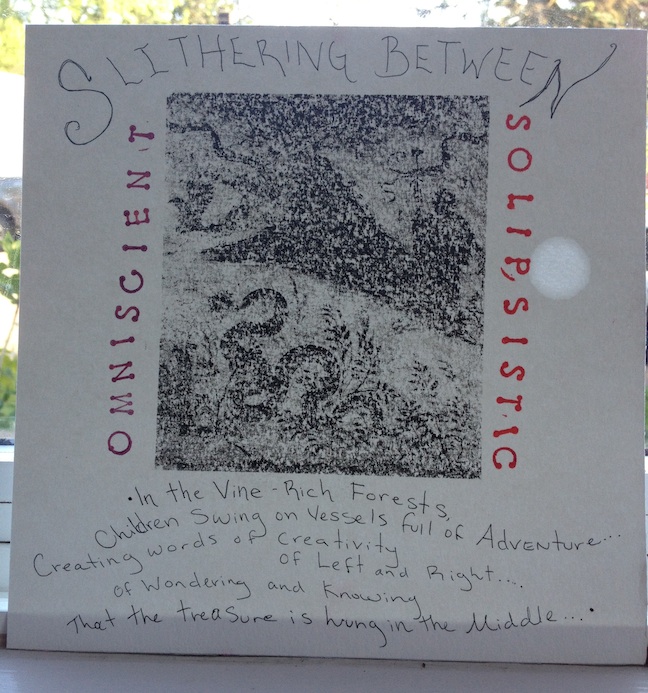This week I’ve been examining the relationship that nature has with shamanism while using the technique of the Siberian Ulchi people to reach deep states of being called trance states, these states of being are a meshing of waking and sleeping where the lines become blurred and the subconscious rises to the surface in this way one can examine thoughts that would usually be pushed down out of fear. This observation of the what we would call the shadow in western society allows for a decompression like effect to take place, bringing the shadow into the light allows for a reintegration of the world to heal the natural fragmenting process of undisciplined minds. While doing this I have also been reading about and applying the Geothean method to everyday activities such as going on walks in nature, rock climbing, and more consciously using it in conversations with people.
Note: An easy trap to fall into during this process is once the unconscious mind is tapped to try and examine what might arise, this actually is highly counter productive to the goal of the activity and will have the effect of actively pulling one out of the trance, it is best to do this after one has come back from the trance
May 12th
2 hours – meditating in nature and writing poetry intermitenly
Meditation in the style of Siberian Shamanism using a method of swaying and total acceptance to enter a trance like state.
1 hour – listening to and repeating vocalizations of the bear dance for shamanic practice
These vocalizations are intended, when able to be repeated by heart, to produce a trance state.
May 13th
1 hour – reading Nuero chapter 7
1 hour – drafting sempass
.5 hour – reading adaptive capacity, a meshing of science and poetry Dr. Ankur Desai and Deanna Pindell
1 hour – meditating in nature and writing poetry on my musings
1 hour – meditating in the HCC and writing poetry of me observing them observing me
1 hour – meditating in my room to music and writing poetry on what inspired me to write
.5 hour – listening to and repeating vocalizations of the bear dance for shamanic practice
May 14th
2 hour – discussing consciousness studies and origins of metaphor and the basic metaphors which we create our personal worlds from, along with gene expression on the basis of top down creation of action or bottom up creating/changing genes
2 hour – reading article on shamans as they are masters of healing the mind and body
1 hour – writing poetry on the musing of our discussion
2 hours – filling out logs
May 16th
1 hour – meditating in nature
1.5 hours – discussing shamanism with Justin Geere, a shamanism researcher who traveled to Peru to live with the people who practice this specific form of spirituality on his findings associated with Dieta, Ayahuasca, and the nature of the shamans view of the mind (outside of class).
.25 hour – meditating on astroturf as part of an experiment to see if it would dramatically effect my ability to meditate.
May 17th
1 hour – meditating in nature
2 hours – reading and analyzing Holdrege paper
1 hour – reading My Poets
1 hour – applying the Goethean method by applying it to my daily rock climbing
having a conversation with the climbing route to be able to complete routes previously unable to do
May 18th
1 hour – practicing shaman vocalizations with drumming rhythm while meditating
1 hour – writing poetry
1.5 hours – reading My Poets
2 hours – formulating poetry anthology
2 hours – using the Goethean method while walking in nature listening to the natural rhythms and flows
May 19th
5 hours – listening to Alan Watts speak about the nature of all wisdom paths, and hearing his synthesis of them all into a coherent image using the motif of duality and non-duality through the symbol of the yin yang
1 hour – filling out logs
1 hour – reading Nigredo on delving into the shadow, the first stages of reconciling the mind with the shadow
.5 hour – mapping my own shadow
1 hour – reading My Poets
1 hour – posting and writing and rewriting poetry
Reading List:
The Four Agreements: The Toltec Book of Wisdom – Ruiz
The Secret Language of Plants – Beher
My Poets – Mclane
Doing Goethean Science – Holdrege
Total Hours: 40.75



